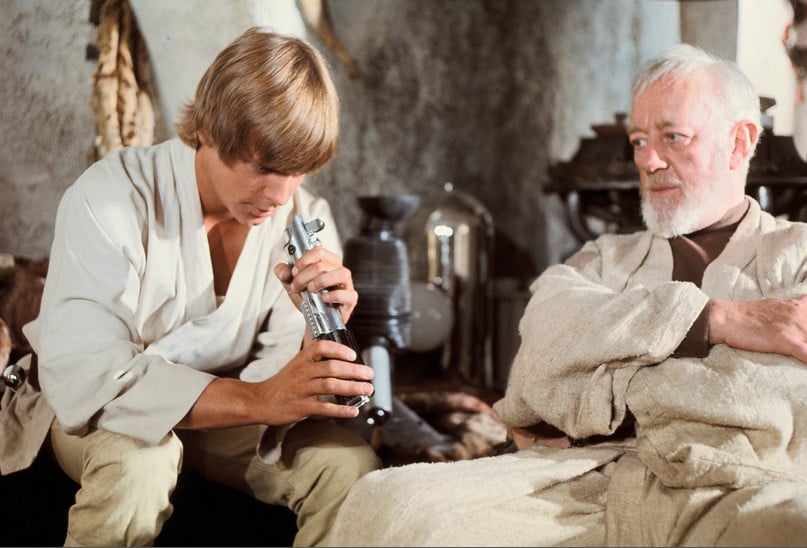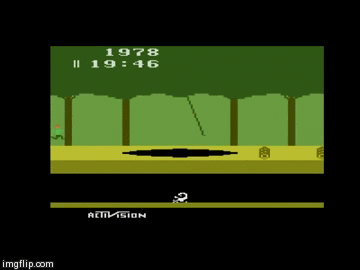- Joined
- Jan 28, 2016
- Messages
- 1
- Reaction score
- 0
Hey everyone! I'm a 4th year med student that's going into EM. I just finished taking a month long anesthesiology course and I'm a bit disappointed to say my intubation skills are pretty bad. I've learned a lot of the basics, such as how to bag-mask effectively, placing IVs, RSI, etc, but when it comes to actual intubating my skills are so-so (~30-40% success rate out of like 15-20 attempts).
Is this a problem? Do I need to come into intern year knowing how to intubate well? Is this normal? I don't want to "never get the hang of it" and ruin my career....
Sorry for the minor freak out, I just don't have too many people I can talk to about this, and I'm a bit nervous. Thanks everyone!
Is this a problem? Do I need to come into intern year knowing how to intubate well? Is this normal? I don't want to "never get the hang of it" and ruin my career....
Sorry for the minor freak out, I just don't have too many people I can talk to about this, and I'm a bit nervous. Thanks everyone!


